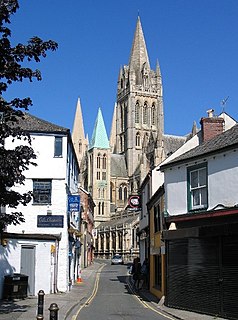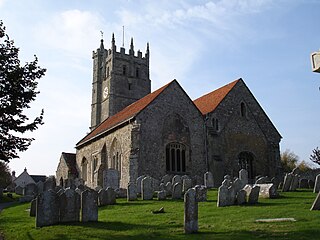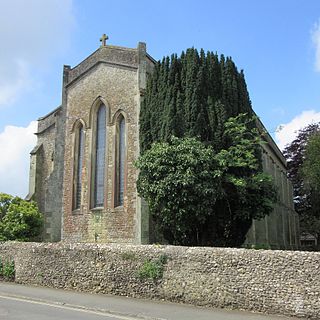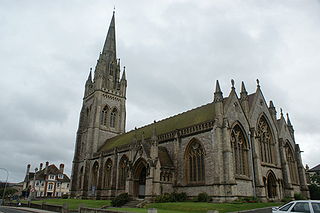Coordinates: 50°43′24″N01°08′52″W / 50.72333°N 1.14778°W

A geographic coordinate system is a coordinate system that enables every location on Earth to be specified by a set of numbers, letters or symbols. The coordinates are often chosen such that one of the numbers represents a vertical position and two or three of the numbers represent a horizontal position; alternatively, a geographic position may be expressed in a combined three-dimensional Cartesian vector. A common choice of coordinates is latitude, longitude and elevation. To specify a location on a plane requires a map projection.
Contents
| St. John's Church, Oakfield, Ryde | |
|---|---|
 | |
| Denomination | Church of England |
| Churchmanship | Broad Church |
| Website | www.stjohnsryde.org.uk |
| History | |
| Dedication | St. John |
| Administration | |
| Parish | Oakfield, Isle of Wight |
| Diocese | Portsmouth |
| Province | Canterbury |

St. John's Church, Oakfield, Ryde is a parish church in the Church of England located in Ryde, Isle of Wight.
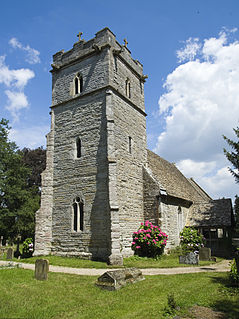
A parish church in Christianity is the church which acts as the religious centre of a parish. In many parts of the world, especially in rural areas, the parish church may play a significant role in community activities, often allowing its premises to be used for non-religious community events. The church building reflects this status, and there is considerable variety in the size and style of parish churches. Many villages in Europe have churches that date back to the Middle Ages, but all periods of architecture are represented.

The Church of England is the established church of England. The Archbishop of Canterbury is the most senior cleric, although the monarch is the supreme governor. The Church of England is also the mother church of the international Anglican Communion. It traces its history to the Christian church recorded as existing in the Roman province of Britain by the third century, and to the 6th-century Gregorian mission to Kent led by Augustine of Canterbury.

Ryde is an English seaside town and civil parish on the Isle of Wight, with a population of 32,072 at the 2011 Census. It lies on the north-east coast. The town grew in size as a seaside resort after the villages of Upper Ryde and Lower Ryde were merged in the 19th century. The influence of this era is still strongly visible in the town's central and seafront architecture.







